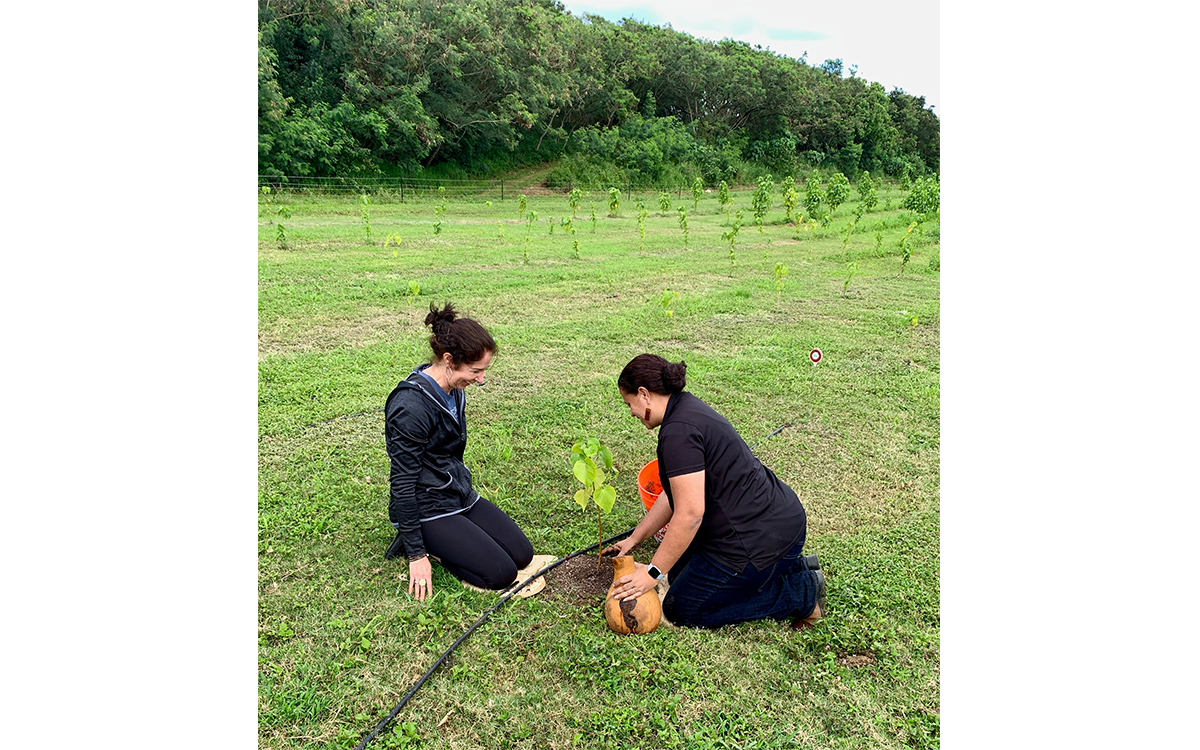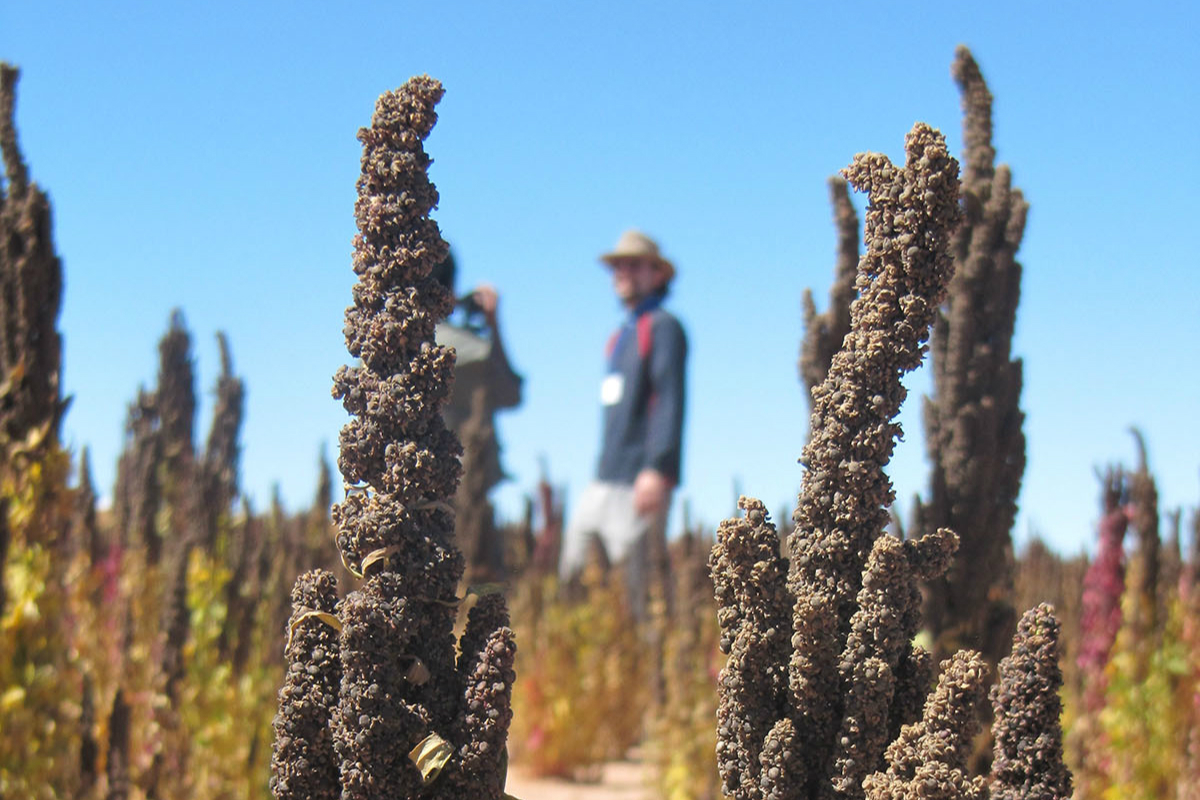Published on 23 May 2019

Recently, British journalist George Monbiot launched a Natural Climate Solutions campaign. In the spirit of encouraging debate about the dangers of offsettingemissions from fossil fuels against the carbon temporarily stored in ecosystems, I wrote a post asking the question, “Is the new Natural Climate Solutions campaign a distraction from the need to leave fossil fuels in the ground?”
A few days later, Shell announced that it would spend US$300 million on “natural ecosystems as part of its strategy to act on global climate change”. Shell’s plans only reinforced my concerns about Natural Climate Solutions.
But as Monbiot’s Natural Climate Solutions website points out, allowing forests, peat bogs, saltmarshes and the seabed to recover and absorb carbon from the atmosphere will help to reduce the risk of climate breakdown, as well as reducing extinction and ecological collapse.
And the campaign’s call to action makes clear that it is opposed to offsets:
The age of offsets is over. Natural Climate Solutions will not help to prevent climate breakdown if they are used as an excuse to delay mitigation, and to avoid the hard choices it necessitates.
Kelsey Perlman is Forest and Climate Campaigner at Fern. In this guest post she takes a look at the various Natural Climate Solutions on offer and suggests ways of separating the useful from the downright dangerous.
Nature-based solutions: separating the wheat from the chaff
By Kelsey Perlman, FERN, 23 May 2019The first months of 2019 have seen climate change at the top of the political agenda. Along with climate strikes and roadblocks, there’s been dramatic calls for climate mitigation to include protection and restoration of forests and other ecosystems. From George Monbiot’s Natural Climate Solutions campaign, to oil companies pledging millions to plant trees, to indigenous groups rallying to protect the Amazon, these efforts are being put under the umbrella of “Nature-Based Solutions”, but this catch-all term hides the fact that while some solutions would support indigenous communities, improve biodiversity and benefit the climate, others would achieve the opposite.
It is, of course, a great step forward that people are realising the need to not just reduce emissions but also remove some carbon dioxide (CO2) already in the atmosphere. It is problematic however that some are suggesting this could happen instead of reducing emissions and others are pushing removal methods that are neither tested, nor supported by scientific consensus (such as bioenergy with carbon capture and storage (BECCS)). So how can we separate the wheat from the chaff when looking at natural climate solutions?You start by asking questions.One of the most important questions is: who is funding these initiatives? What are their motivations, and what is their vision when “planting trees”?In many cases it is governments that are funding forest projects and pledging to support forest protection. The UK Climate Change Committee recently stated that three billion trees must be planted by 2050. That sounds promising, but when you see that they also continue to push for increased biomass production, current levels of which are already unsustainable, you realise the impact of any afforestation would be nullified.Many other governments hold a simplified vision of what afforestation means. A worrying report shows that 45 per cent of all governments’ planned contributions to the Bonn Challenge to restore forests will not be rebuilding biodiverse ecosystems, but creating monoculture plantations for commercial use, meaning that the CO2 stored in the wood will be released back into the atmosphere within a relatively short timeframe, depending on the quality of the wood.Shell has a similar motivation. Their commitment to plant trees is part of a PR drive to make continued fossil fuel use seem acceptable and hide the fact that their “decarbonization plan” foresees replacing future emissions with bioenergy, around 36 per cent of which currently comes from solid biomass(trees) globally:Their Shell Sky Scenario (see above) for example, is fatally flawed. It plans to continue to release billions of tons of CO2 from oil and gas as late as 2070, claiming that it can plant trees to offset the damage. This ignores the huge difference between the permanent CO2 stores that will be released and the temporary CO2 stores that will replace it. But even worse, the trees they claim will offset that pollution will in turn be burned for more fuel! They claim 1/3 of bioenergy emissions could be buried underground – known as bioenergy carbon capture and storage – but the science does not back this up. Theirs is a geoengineering proposal based on hoped-for future science which conveniently forgets that we need immediate short-term reductions to keep the planet from warming.Finally, there are the philanthropists big and small. For most of them, their motivation is different. They want a liveable planet and transparency about how actions are undertaken. They know that offsetting doesn’t work, that there is a world of difference between a plantation and a forest, and that the best stewards of forests are the people who live in and depend on them. They fund groups like Fern because they believe in our vision of working with communities to protect and restore forests in such a way that wildlife and the environment also benefit – and for the long term.So, what should you look for in any nature-based solution?
- Never consider a tree as an offset for continued fossil fuel emissions: Left undisturbed, fossil carbon remains out of the carbon cycle permanently, whereas forests constantly release and remove CO2. Forests can therefore never be used as an excuse for burning more fossil fuel. Protecting them means less emissions from forests and restoring them will temporarily store some of the excess emissions already in the atmosphere. But natural climate solutions can never go further than that.
- Biodiverse forests are most resilient to climate change:Forests are extremely vulnerable to climate change, and monoculture plantations even more so. When done wrong, planting stands of a single species of tree does nothing to benefit communities, to increase biodiversity or improve water and air quality.
- Never forget the people that live in and depend on forests:Some governments and NGOs have tried to protect forests by fencing them off, by throwing people off their land, and using violent tactics to scare local people away. These stewards of the land already live low carbon lifestyles and have done nothing to create the climate emergency. We need to support them to keep protecting the forests, not ignore their human rights.
- 80 per cent of global biodiversity depends on forests: We are facing a biodiversity crisis at the same time as we face a climate crisis. Any restoration project should aim to tackle both crises at the same time.
Although there is a huge difference between industrial-scale ‘tree planting’ and community-led ‘restoration’, local restoration initiatives can still be ‘scaled’ up. NGOs have put forward restoration principles that balance economy, ecology and society. The missing ingredient is often finance, but as the Organisation for Economic Cooperation and Development (OECD) has recently shown that funds going to protect biodiversity are dwarfed by subsidies going to fossil fuel companies, perhaps it is more a matter of re-directing finance away from environmentally harmful subsidies.So whilst there is merit in the concept of ‘Nature-Based Solutions’, it is essential to first discard the chaff. There are many contradictory initiatives rearing their heads and distracting us, but we mustn’t stop them from advocating for holistic solutions that challenge the hollow PR of companies like Shell. We need to act now. There is no time for civil society to stay exclusively on the defensive as we urgently need solutions that will prevent climate breakdown.





















